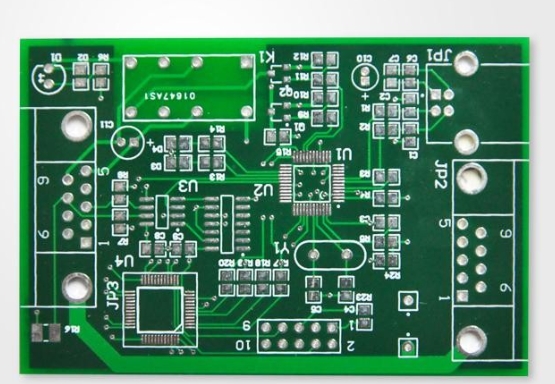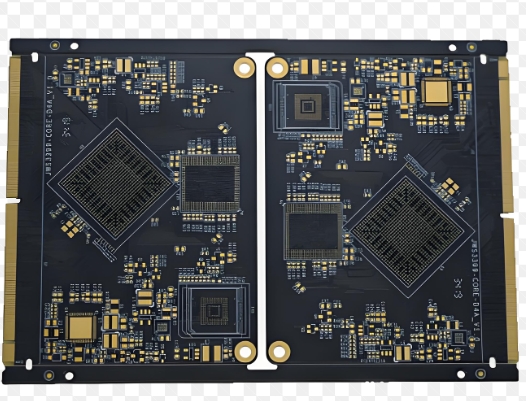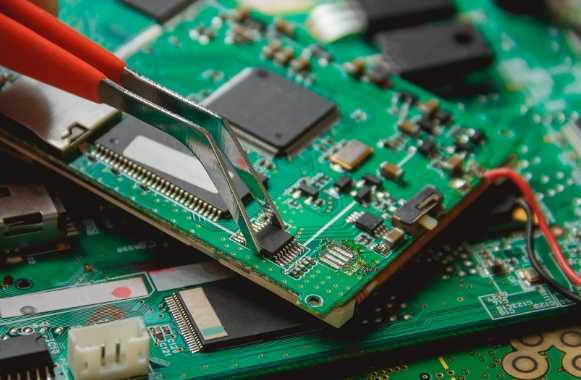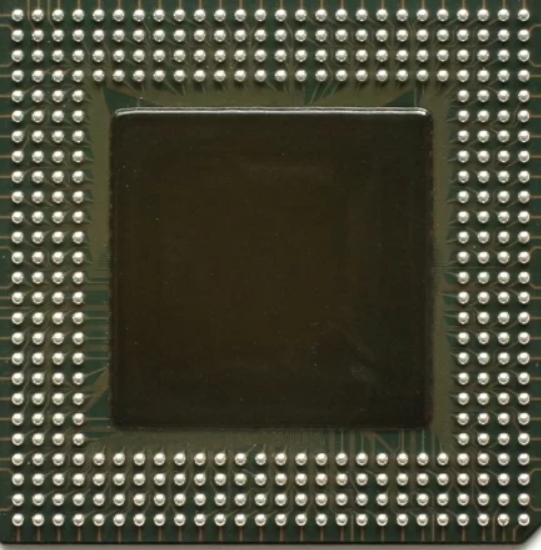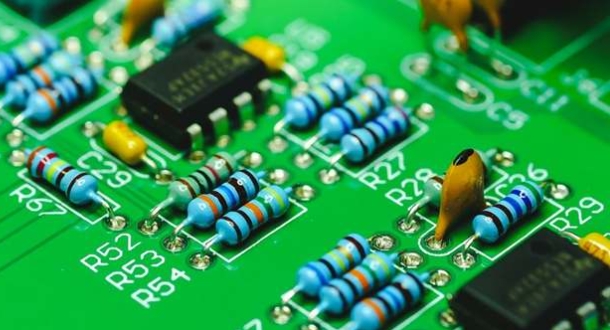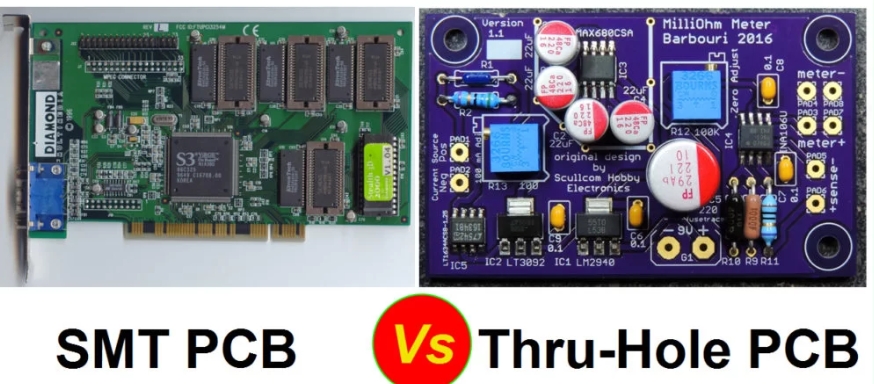What is a Single-Sided PCB? A Single-Sided PCB (also known as a Single-Layer PCB or One-Layer PCB) is the simplest and most cost-effective type of printed circuit board. As the name suggests, it has a single conductive layer (usually copper) on one side of the substrate, with the electronic components mounted on the opposite side. Unlike double-sided PCBs, which feature conductive layers on both sides, single-sided...
HomeCategory
PCB Manufacturing Services | High-Quality PCB & PCBA - KKPCB
What is a Multilayer PCB? A Multilayer PCB (Printed Circuit Board) is a type of PCB with more than two conductive layers. Unlike a double-sided PCB, which has two copper layers (top and bottom), a multilayer PCB consists of three or more layers of copper, interconnected by copper-plated vias. The number of layers can range from 3 layers to 40 layers or more, depending on...
Surface Mount Technology (SMT) is widely used in the PCB assembly process, but like any complex manufacturing technology, it is not immune to defects. Whether you’re dealing with solder balls, bridging, tombstoning, or unmelted solder paste, troubleshooting is a key part of ensuring high-quality SMT production. In SMT, defects may arise due to various factors like improper solder paste application,...
What is Ball Grid Array (BGA) Ball Grid Array or BGA is a leadless surface mount package (SMD component). This type of surface mount package is used in surface mount technology (SMT) and utilizes an array of metal balls called solder balls for electrical interconnection. The solder balls are attached to a laminate substrate at the bottom of the...
SMT soldering process and technology are slightly different from through-hole technology. SMD soldering or surface mount technology assembly requires different SMT equipment and more experience and expertise. SMT PCBs have flat tin-lead or gold-plated copper pads without any holes. These traces are called “pads”. SMT Soldering Process Semi-solid solder called solder paste, which consists of very fine...
SMT vs. Through-Hole Technology – Which is better in terms of cost, assembly and reliability? This debate has been going on for several years. The advantages of SMT or surface mount technology over through-hole technology are in design and manufacturing. Surface mount components or SMD components are small in size and can be mounted on either...
Basic soldering guide on how to solder electronic components to a printed circuit board (PCB). This is a detailed and complete soldering guide for both automated soldering in mass production and manual soldering in PCB rework and repair. How to Solder Electronic Components – Introduction Soldering is basically a technique of joining two metals using a...
At the heart of nearly every electronic product today is a printed circuit board (PCB), which supports and electrically connects the electronic components needed for an electronic device to function. Manufacturing a printed circuit board is a complex process that involves many steps that are different for every project. First, you need to design the board...
RO4000® hydrocarbon ceramic laminates are designed to off er superior high frequency performance and low cost circuit fabrication. The result is a low loss material which can be fabricated using standard epoxy/glass (FR-4) processes off ered at competitive prices. The selection of laminates typically available to designers is signifi cantly reduced once operational frequencies increase...
Printed Circuit Boards (PCBs) are a fundamental component in electrical engineering. They are used to create electronic circuits by arranging components such as transistors and resistors on a copper-based wiring pattern on the surface of an insulator (typically plastic) and then soldering them. PCBs are integral to nearly all electronic devices, providing the necessary pathways for...

